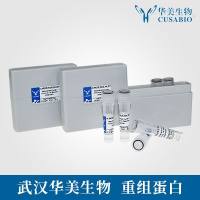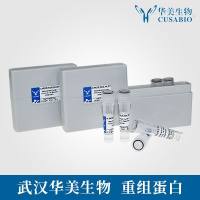Industrial manufacturing of cell culture-derived viruses or virus-like particles for gene therapy or vaccine production are complex multistep processes. In addition to the bioreactor, such processes require a multitude of downstream unit operations for product separation, concentration, or purification. Similarly, before a biopharmaceutical product can enter the market, removal or inactivation of potential viral contamination has to be demonstrated. Given the complexity of biological solutions and the high standards on composition and purity of biopharmaceuticals, downstream processing is the bottleneck in many biotechnological production trains. Membrane-based filtration can be an economically attractive and efficient technology for virus separation. Viral clearance, for instance, of up to seven orders of magnitude has been reported for state of the art polymeric membranes under best conditions.
This chapter summarizes the fundamentals of virus ultrafiltration, diafiltration, or purification with adsorptive membranes. In lieu of an impractical universally applicable protocol for virus filtration, application of these principles is demonstrated with two examples. The chapter provides detailed methods for production, concentration, purification, and removal of a rod-shaped baculovirus (Autographa californica M nucleopolyhedrovirus, about 40 � 300 nm in size, a potential vector for gene therapy, and an industrially important protein expression system) or a spherical parvovirus (minute virus of mice, 22–26 nm in size, a model virus for virus clearance validation studies).






